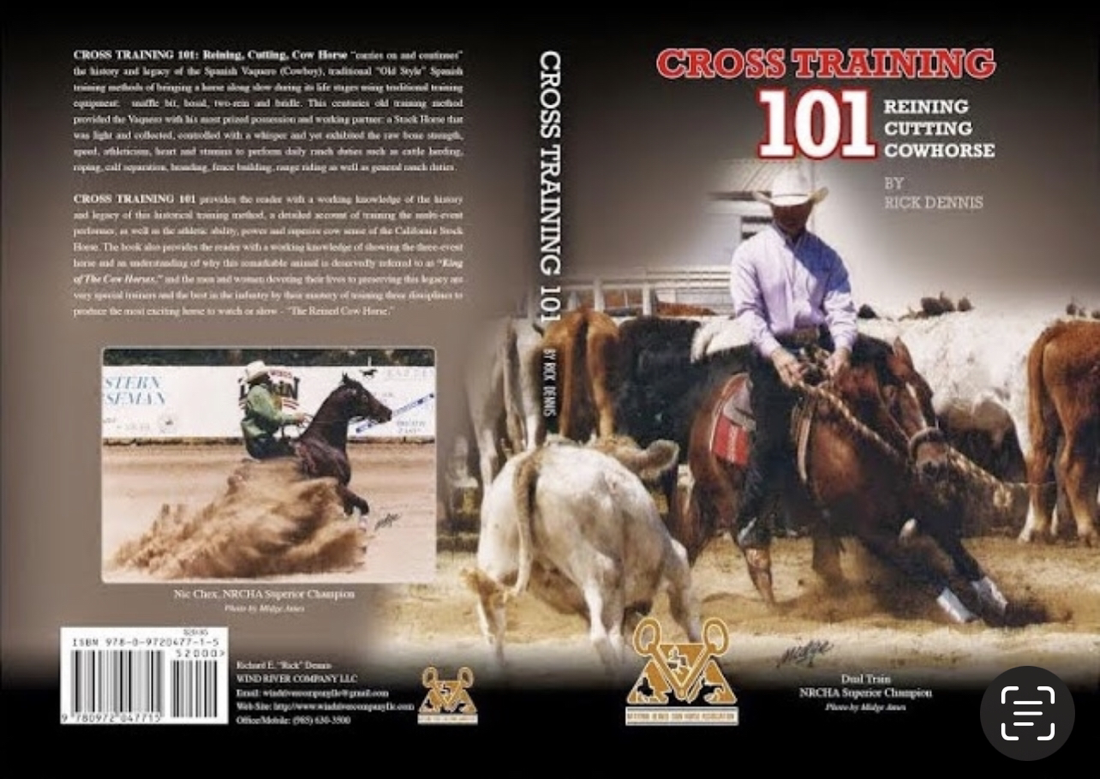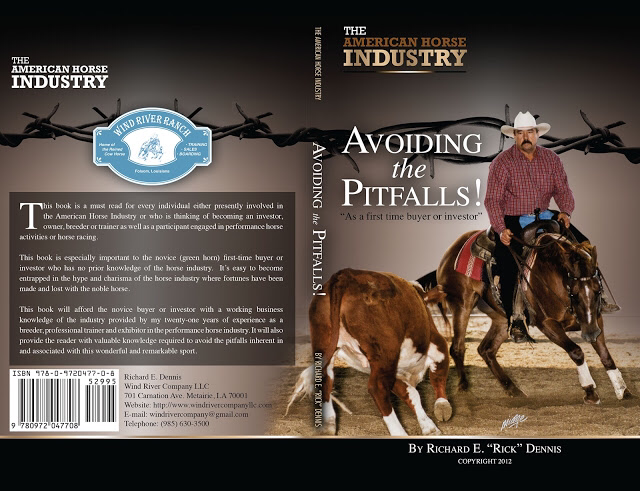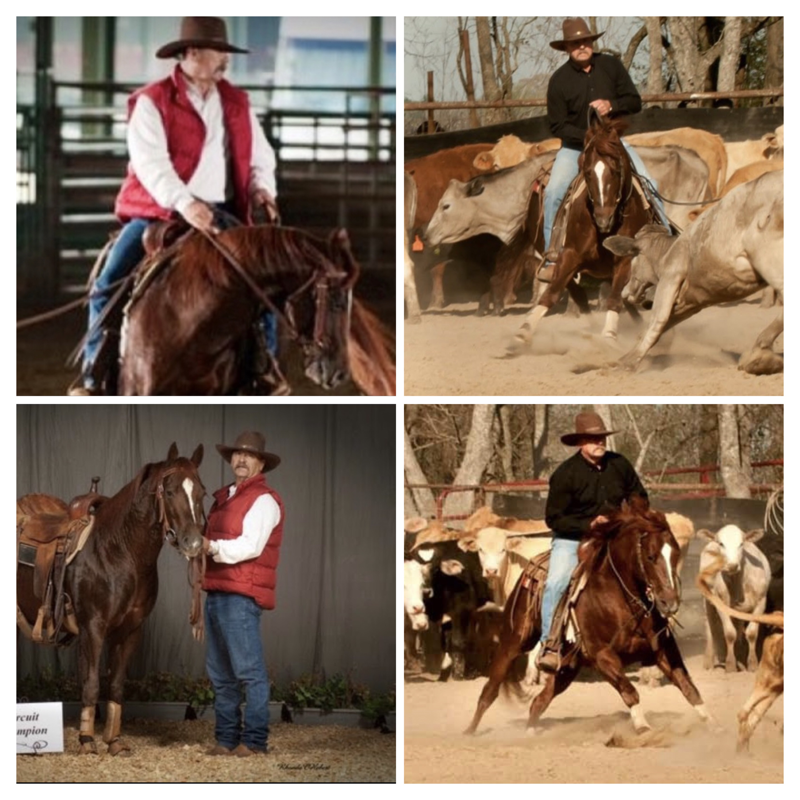|
HANDGUN PERMIT-LESS CARRY
By Richard E. “Rick” Dennis CPP Freelance Writer and Author October 13, 2021 PERMIT-LESS CARRY In recent times and, by legislative action, some Republican States have enacted permit-less carry laws encompassing both concealed and open carry handgun laws. The reader should investigate specific concealed carry handgun laws in your state of residency, prior to conducting open or concealed handgun carry. In essence, this legislative action bypasses the normal procedure of a citizen obtaining a concealed carry handgun permit, before being legally able to carry a loaded handgun on their person in public. To obtain a concealed carry permit the applicant must pass a rigorous criminal background check and subject him or herself to a stringent handgun safety course, including firearms training and actual live firing requirements at the shooting range. All of which is performed in the presence of a licensed firearms instructor. PROS AND CONS As a former Drug Enforcement Agent and Law Enforcement Professional my opinion remains the same – “It’s A Bad Idea,” except when mandatory supervised professional firearms safety and training criteria are attached to the legislation. A perfect example of untrained citizens carrying guns can be constantly witnessed on the nightly news when a gang of criminal thugs engage each other in a gun fight on the streets of major Democratic run cities. Whose at the most risk when firearms are fired indiscriminately without proper firearms training? The general public and innocent citizens of course. Normally, this unfettered gun fight results in innocent bystanders, including children, being randomly shot and killed in the process. In my opinion, this collateral damage is unacceptable and completely avoidable. LAW ENFORCEMENT P.O.S.T. CERTIFICATION In Louisiana law enforcement, each officer has to undergo and pass the Peace Officers Standards and Training (POST) certification program before their allowed to carry a firearm during work activity, i.e., on duty. The program consists of a rigorous firearms safety and live fire training program. Most POST certifications require a minimum of 300 rounds of ammunition during live fire training exercises – including night and daytime training exercises. However, there are other modified versions of the Practical Pistol Course (PPC) which requires less rounds of live fire. The (PPC) course consists of live fire and reloading capabilities within a specific time frame as well as shooting stationary targets at 7, 10, 15, 25, and 50 yards. Some training requirements may vary from state to state. Normally, the firing is conducted from the standing, kneeling, and prone positions. The original PPC course enacted by the Federal Bureau of Investigation consisted of: Prone shooting at 60 yards, sitting and barricade positions at 50 yards, kneeling and barricade positions at 50 yards, kneeling and barricade positions at 25 yards, off-hand shooting at 15 yards, and point shooting using the “FBI Crouch” at 7 yards Additional training is conducted with both right and left hand firing along with right hand and left hand barricade shoot positions. POST Certifications can be obtained while using either a revolver with speed loaders or with a semi-auto pistol with extra magazines to reload and shoot the (PPC) course with. In law enforcement, the caliber and make and model of the handgun used are controlled by each individual law enforcement agency. In civilian use the type of handgun, make, calibre, and model is not controlled and the private citizen personal selection is strictly based on budget restrictions and personal choice. After POST certification, the law enforcement officer must complete additional mandatory range firing time to demonstrate proficiency on designated times during each annual period. All firing is conducted at humanoid paper targets, instead of the traditional bullseye targets. WHAT HAPPENS DURING A GUN FIGHT? As a Veteran combatant I can attest that a gun fight is normally instantaneous and involves many moving parts. First, the decision to shoot or not to shoot spans a time period quantified in milliseconds, not seconds, minutes, or hours. The armed citizen is attacked, the gun is drawn to stop the attacker, a fired projectile leaves the guns muzzle and hopefully reaches the intended target (attacker) without collateral damage to innocent bystanders. Therefore, each armed citizen has a duty to seek and complete the proper firearms training and fire his or her weapon as often as possible to become so proficient with it that its use becomes second nature, i.e, natural instinct. During a gun fight, the process involves natural instinct more than a thought process. Remember, in a gun fight, there’s only a winner and a loser! While I was in law enforcement I was a combat instructor training individuals in instinctive shooting. After all, during a gun fight the sights on a gun are basically useless. I’ve never observed a gun fight where an individual had time to acquire a perfect sight picture before firing a round of ammunition. Gun sights are reserved for rifles. In a gun fight instinctive shooting skills are the rule of thumb, so-to-speak! I’ve always trained my students to disregard the sights on a hand gun and rely on instinctive shooting as much as possible while using the “hand-to- eye” coordination theory and to concentrate on a center mass aiming point. Squat to present as low a target as possible, bring the handgun up to eye level, concentrate on a center mass hold point, and fire the weapon. During a gun fight, the Adrenalin is running, the heart is racing, and the breathing is heavy. That’s why its so important to practice, practice, practice to the point that every process is instinctive for survival. If the gunfights erupts in a crowded pedestrian area, pandemonium erupts when the first shot is fired. People are running everywhere seeking shelter from flying bullets. For the armed citizen, it’s important to train his or herself to look through or past the intended target (attacker) and obtain a visual of what’s behind the intended target, e.g., innocent citizens before pulling the trigger and firing a round of ammunition. Another consideration for the armed citizen, is to realize that bullets travel through the human torso and strike objects and people directly behind the attacker. DEADLY FORCE LAWS The armed citizen should either take a private class or educate him or herself on a states use of deadly force laws as well as “Stand Your Ground and Castle Doctrine Laws.” Just because an individual is armed with a handgun doesn’t automatically authorize that individual to use deadly force in every circumstance. Normally, deadly force can only be used to preserve the life of the armed citizen or another. Someone stealing personal property doesn’t qualify for the use of deadly force. As the reader will learn, the qualifications and firearms training in law enforcement vastly out classes the permit-less carry individual. However in certain states, each one is allowed to arm themselves with a handgun. In my opinion, each citizen should be allowed to defend themselves. The 2nd Amendment to the constitution guarantees citizens the right to bear arms. However, the untrained armed citizen may prove to be more problematic than useful. “Until Next Time, Keep Em Between The Bridle”
0 Comments
Leave a Reply. |
Richard E. "Rick" DennisFreelance Writer and Author Archives
March 2024
Categories |




 RSS Feed
RSS Feed